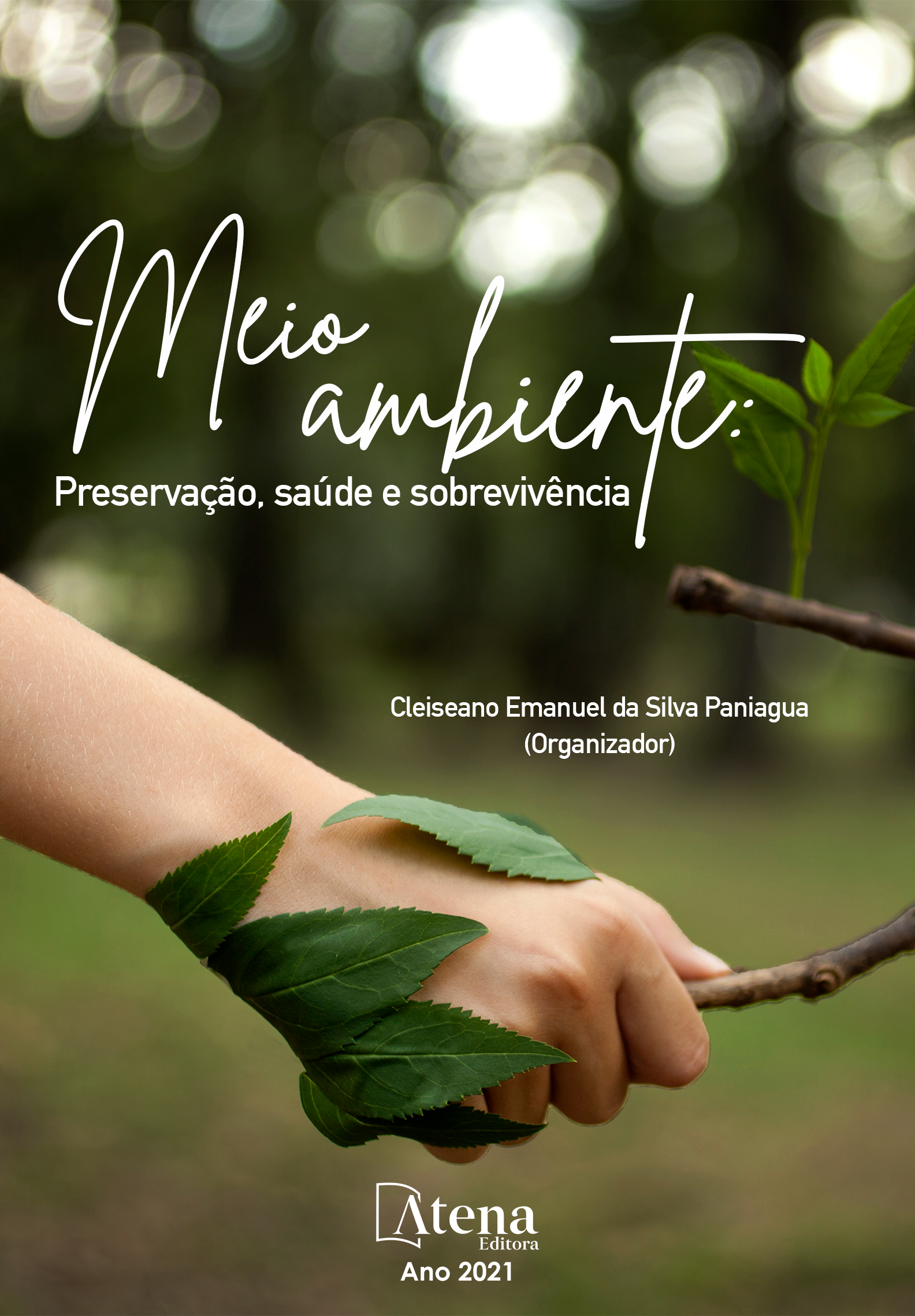
GRAVIMETRIA DOS RESIDUOS DE SERVIÇO DE SAUDE - RSS REALIZADO EM UMA INSTITUIÇÃO DE SAUDE DE RIBEIRÃO PRETO – SP COMO PROJETO INTEGRADOR DOS ALUNOS DO CURSO TECNICO EM MEIO AMBIENTE
No Projeto Integrador – PI desta instituição de ensino o aluno é o protagonista diante de situações problematizadoras sua aprendizagem se faz durante todo o desenvolvimento do projeto pois ele aprenderá pesquisando, testando hipóteses, tomando decisões e agindo em equipe para atingir os objetivos traçados para o projeto. O curso de técnico em meio ambiente possui uma carga horaria total de 1.200 horas divididos em quatorze Unidades Curriculares – UC, fazendo parte das competências a UC14 Projeto Integrador – PI a qual integra todas as demais unidades curriculares para seu desenvolvimento. O desenvolvimento do projeto integrador se realizou numa instituição de saúde que acolhe idosos, composta com uma equipe multidisciplinar, com intuito de analisar através da gravimetria a correta segregação dos RSS desta instituição. Os RSS são classificados em cinco grupos sendo Grupo A infectantes está dividido em cinco subgrupos (A1, A2, A3, A4,A5), Grupo B resíduos químicos, Grupo C resíduos radioativos, Grupo D resíduos comuns, Grupo E resíduos perfurocortantes. A primeira gravimetria ocorreu no dia 26 de fevereiro de 2019 sendo que foram encontrados resíduos comuns totalizaram 1,36quilos correspondendo 60,4% e os resíduos infectantes totalizou 0,89 quilos correspondendo 39,5%. Após foi realizado uma palestra de orientação e conscientização a equipe de enfermagem em 19 de março e no dia 08 de agosto foi realizada a segunda gravimetria com resultado total de 1,34 quilos sendo que os resíduos comuns totalizaram 0,59 quilos correspondendo 44% e os resíduos infectantes totalizou 0,75 quilos correspondendo 56%. Conclui-se que após a palestra de orientação sobre a segregação correta dos resíduos a média por dia dos resíduos infectados separados corretamente ficaria em torno de 0,67 quilos/dia uma redução de 1,58 quilos de resíduo comuns sendo segregados como infectantes correspondendo a 70%. Portanto este treinamento surtiu um excelente resultado espera-se que continue com outros grupos de alunos.
GRAVIMETRIA DOS RESIDUOS DE SERVIÇO DE SAUDE - RSS REALIZADO EM UMA INSTITUIÇÃO DE SAUDE DE RIBEIRÃO PRETO – SP COMO PROJETO INTEGRADOR DOS ALUNOS DO CURSO TECNICO EM MEIO AMBIENTE
-
DOI: https://doi.org/10.22533/at.ed.38221300710
-
Palavras-chave: Projeto Integrador, gravimetria, resíduos de serviço de saúde, técnico em meio ambiente.
-
Keywords: Integrator project, gravimetry, health service waste, environmental technician..
-
Abstract:
In the Integrator Project - IP of this educational institution the student is the protagonist in the face of problematic situations, his learning is done throughout the development of the project because he will learn by researching, testing hypotheses, making decisions and acting as a team to achieve the objectives set for the project . The environmental technician course has a total workload of 1,200 hours divided into fourteen Curricular Units - CU, the CU14 Integrator Project - IP being part of the competences which integrates all the other curricular units for its development. The development of the integrative project took place in a health institution that welcomes the elderly, composed of a multidisciplinary team, in order to analyze through gravimetry the correct segregation of the RSS of this institution. The RSS are classified into five groups, with Group A infectious being divided into five subgroups (A1, A2, A3, A4, A5), Group B chemical waste, Group C radioactive waste, Group D common waste, Group E sharps waste. The first gravimetry occurred on February 26, 2019, with common residues totaling 1.36 kilograms, corresponding to 60.4%, and infectious residues, totaling 0.89 kilograms, corresponding to 39.5%. After a lecture of orientation and awareness was given to the nursing team on March 19 and on August 8, the second gravimetry was carried out with a total result of 1.34 kg, with the common waste totaling 0.59 kg, corresponding to 44% and infectious waste totaled 0.75 kg, corresponding to 56%. It is concluded that after the orientation lecture on the correct segregation of waste, the average per day of infected waste separated correctly would be around 0.67 kg / day, a reduction of 1.58 kg of common waste being segregated as infectious corresponding to 70%. So this training has had an excellent result and is expected to continue with other groups of students.
-
Número de páginas: 6
- Roseanne Elis Falconi Guerrieri
- marcia vilma gonçalves de moraes


